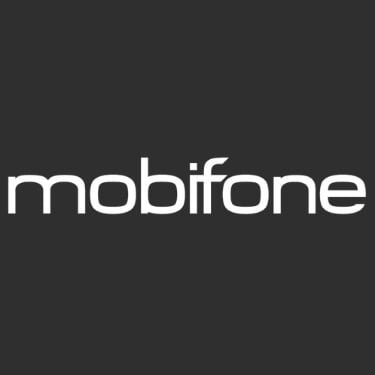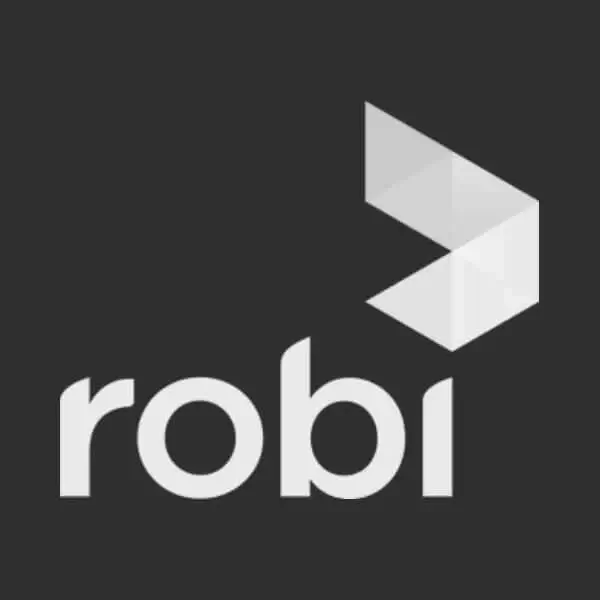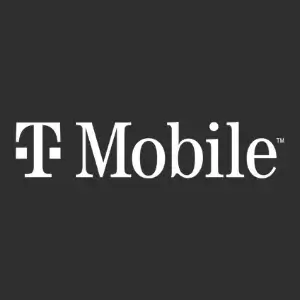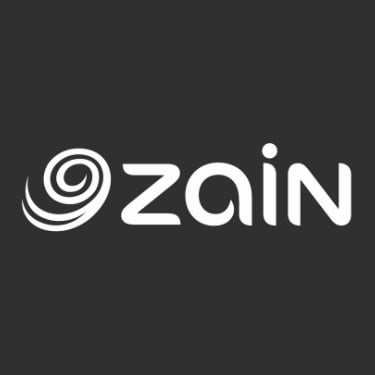Interview: Data-first Intersec sets up operators for success in AI era
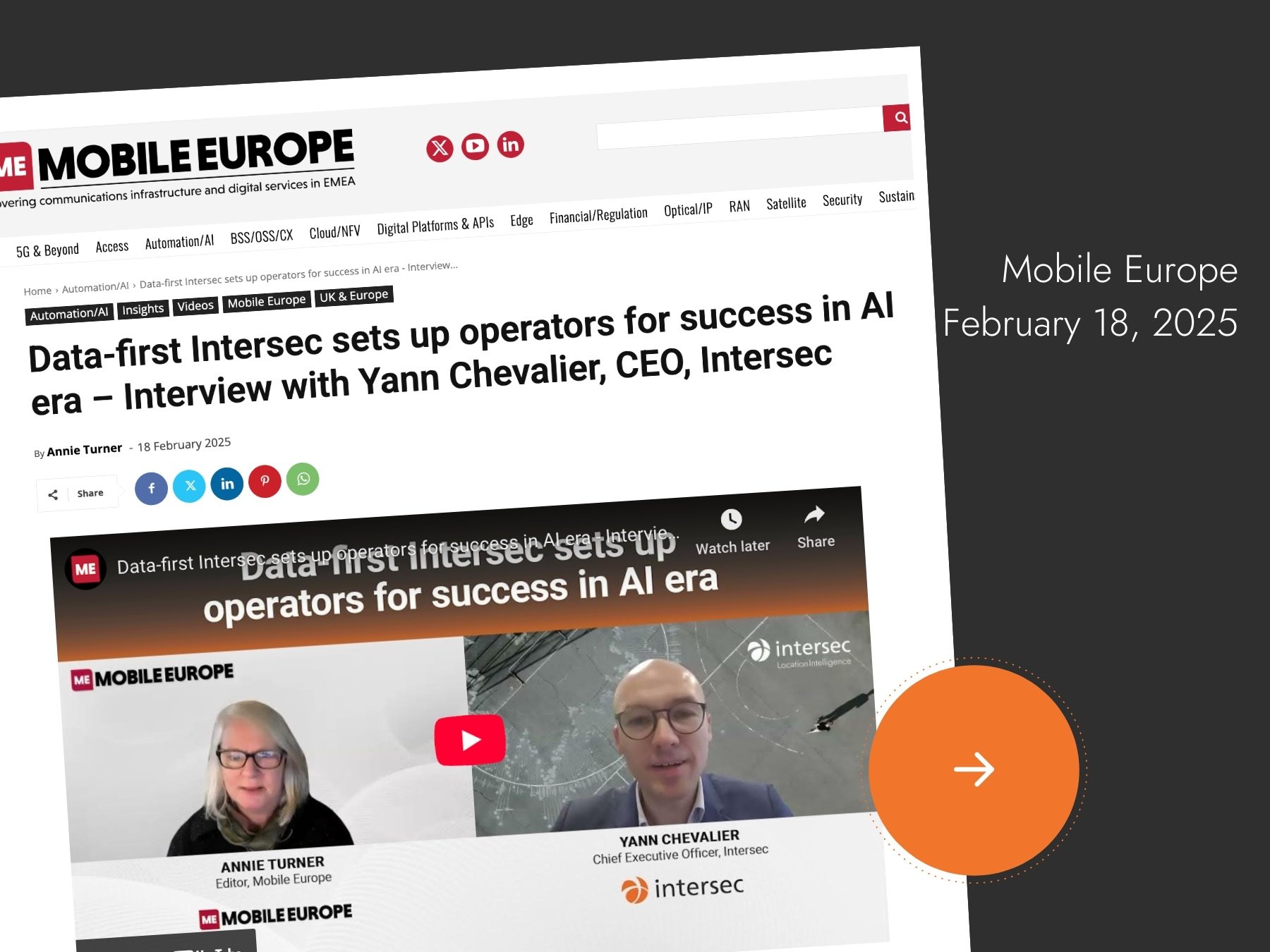 Interview: Data-first Intersec sets up operators for success in AI era" />
Interview: Data-first Intersec sets up operators for success in AI era" />
Yann Chevalier, Co-founder and CEO of Intersec, talks to Annie Turner from Mobile Europe about the company’s roots, evolution and future plans, powered by a platform-based operational and commercial model.
Partner content: Yann Chevalier, Co-founder and CEO of Intersec, talks to Annie Turner about the company’s roots, evolution and future plans, powered by a platform-based operational and commercial model.
Intersec offers insights into adapting for sustained success
When Intersec launched, it disrupted the business mobile messaging market, enabling enterprises to get their campaigns out to their subscriber base within half a day. The norm back in 2005 was three or four weeks. As Chevalier says, “We brought speed into marketing. – that’s the first evolution that the company enabled, thanks to our technology”.
Intersec’s next major milestone was tackling telcos’ data, starting in 2012, before Big Data in telecoms really hit the mainstream, around 2016. Many network operators have spent a lot of time and money trying to tame and extract value from the treasure troves of data from their networks. Most have experienced mixed results at best.
Principal challenges
Chevalier notes there were two principal challenges – collecting data and making it usable, and figuring out how to monetise it, having noted that hyperscalers had built their businesses from the ground up to make money from their data.
Intersec grappled with and succeeded in both challenges through its purpose-built platform, enabling contextual marketing. Put another way, helping telcos turn data into a really useful tool for improve customers’ experience and expand their reach.
The last decade or so has seen Intersec focus on helping its customers identify the use cases that would create more value and/or revenues, at a time when the amount of traffic they carry has rocketed, but revenues have not.
As Chevalier says, “Better marketing and better knowledge of the subscriber…helps them to sell more, to be more relevant and to drive their historical revenue, which is an important use case.” He adds, “But looking at data can make sense for other verticals.”
Value to other verticals
For example, banks can check a credit card transaction made abroad by asking an operator if that customer’s phone is in the country while the customer is paying their hotel bill, which can massively reduce fraud. Note the credit card company informs customers that it will carry out such authorisations in very specific circumstances in its terms and conditions.
In other verticals, massive volumes of anonymised, aggregated data can be used to gain insights. For instance, during the pandemic, Intersec contributed population movement models to the relevant Ministry of Transportation and Ministry of Health in France, so that vaccines and supplies to hospitals went were they were most needed at the right time.
There are many other examples of operators’ location data being used to boost public safety, from in emergencies such as flooding to public warning systems, advising people to move or not move out of an area, as appropriate. The technology can also be used to accurately locate people calling for help through public safety answering points, cutting the amount of time it takes to rescue them.
Intersec’s platform is central to them all and covers something like 100 operators in up to 45 countries. Chevalier says, “We effectively crunch the data of about 1 billion subscribers, which, as global population [of mobile users] is 7 to billion, that is a significant market share”.
Another big benefit of the platform-based system is that it can centrally control compliance with local security and data privacy regulation, having had to comply with the very stringent GDPR in the European Union since it was launched. This takes the onus off operators.
Enter AI
Chevalier observes that many new algorithms have been produced in the last five to seven years, “meaning lots of products in many industries required data scientists…to use…and really leverage the data with modern tools.
“I believe the next step is for AI assistance to help business end-users to use the algorithms in the most productive way. Instead of having a toolbox which is too large for you, AI systems should soon be able to understand what we need.”
Examples of how he thinks AI will contribute include public warning systems for flooding or major accident, say: a situation where the authorities need to send differentiated instructions depending on whether people are very near the accident site or very near to the rivers. Some should stay where they are or a mass of displaced people risk making a difficult and dangerous situation worse, others need to evacuate.
Innovate and repeat
Another key to Intersec’s success is that is keeps its customers. Chevalier says, “I think there are two main reasons. The first one is our product simply works. It delivers on a promise. It does what we said it would do – the business outcome is important to our customers, whether they are mobile operators and want to generate new revenues, whether they are civil protection departments and they want to make people safer. Our product works.
“Second we invested a lot into innovation from the beginning, typically a quarter of our revenue. We have a large research and development team, and we have had that for the past 20 years.
“This gives us the opportunity to lead our segment of the market by providing state of the art technology. And by being one of the leaders in our field for innovation.”
To read the full article on Mobile Europe's website, it's this way.
About Intersec
Intersec is a global leader in telecom metadata and location intelligence solutions. Designed by fast data experts, our solutions guide governments and telcos in their data-driven revolution to build tangible value, from efficiently warning people in case of danger to driving new sources of revenue. Our 90 clients in 40 countries leverage our instruments to reach, locate, and map nearly one billion connected devices 24/7, and our mission-critical communication solutions cover 400 million people around the world. Headquartered in France, Intersec places Privacy by Design well beyond accepted standards, it assures regulatory compliance, no matter where our clients operate. Learn more at www.intersec.com.
Intersec GMLC
High-quality Android, iOS, or hybrid solutions translated into great results.
”Marie Dupont
CEO
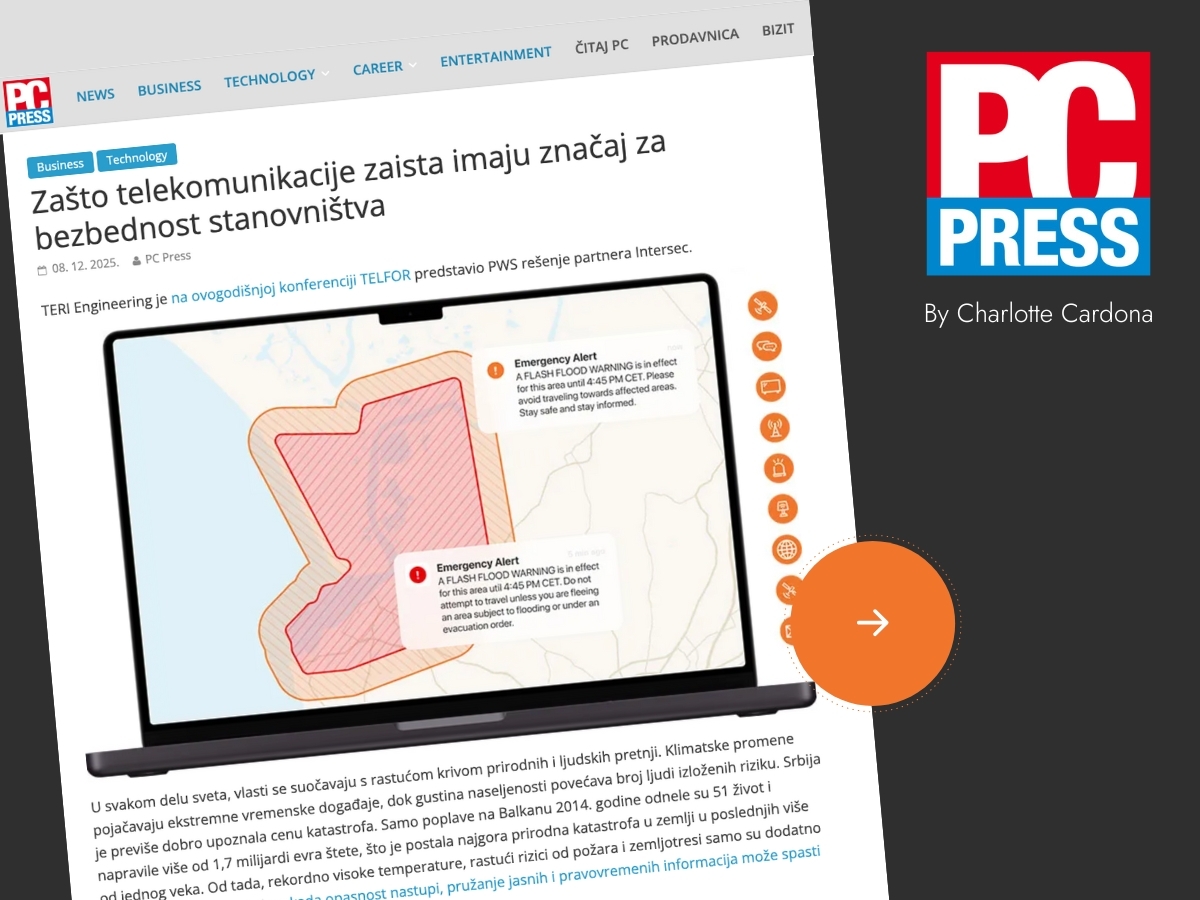
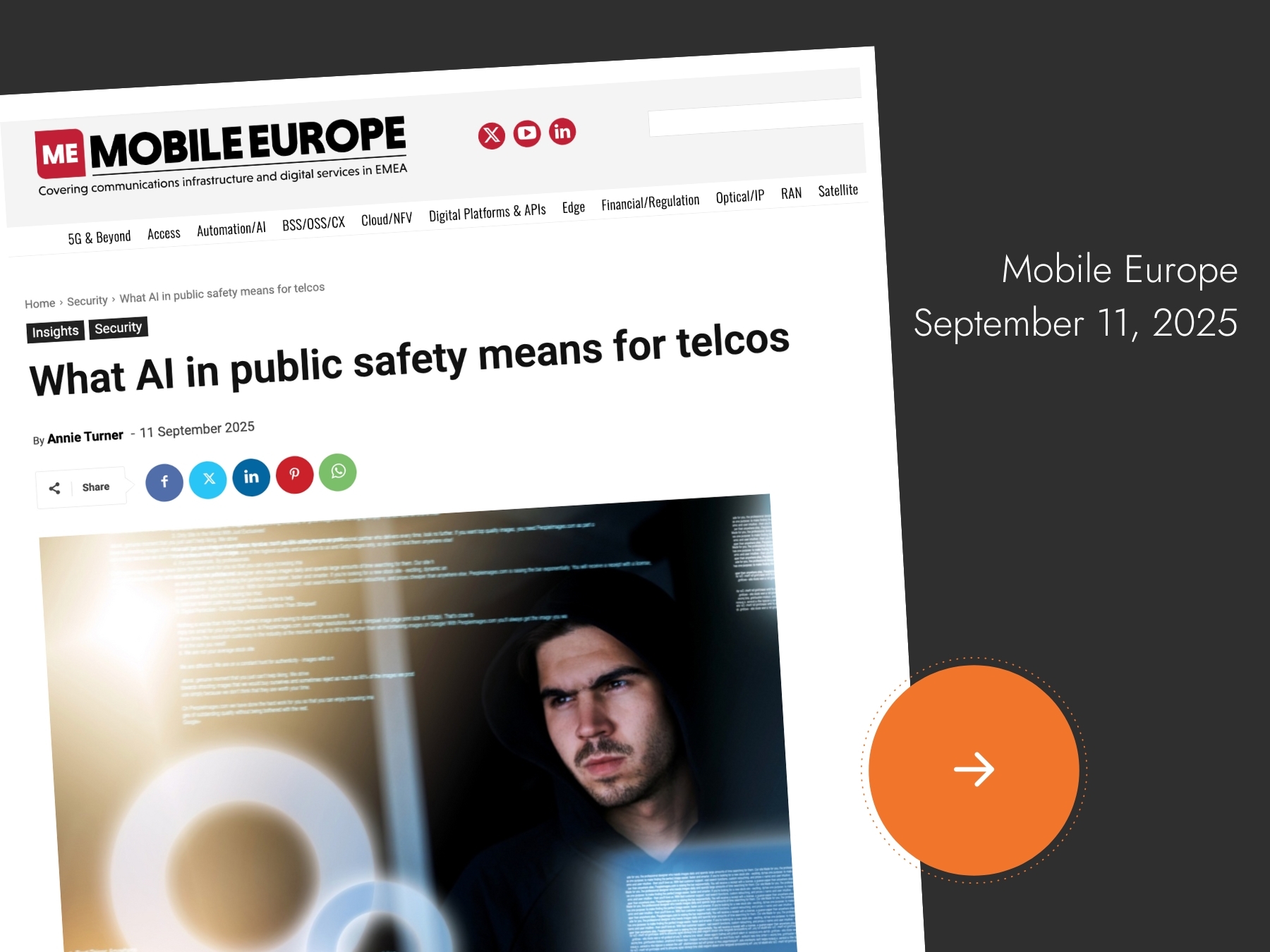


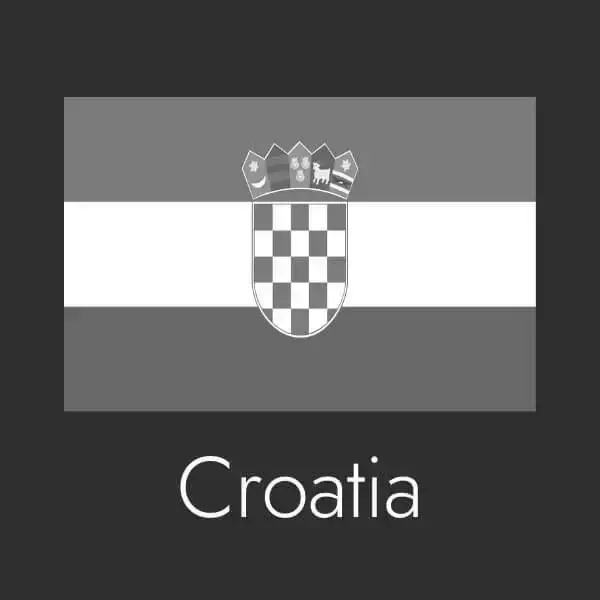

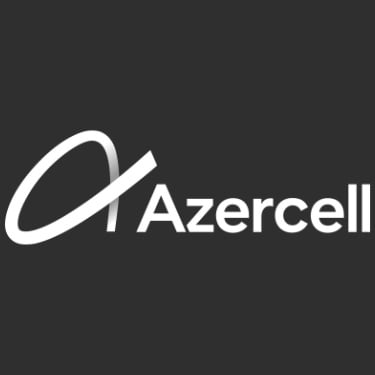


.webp)
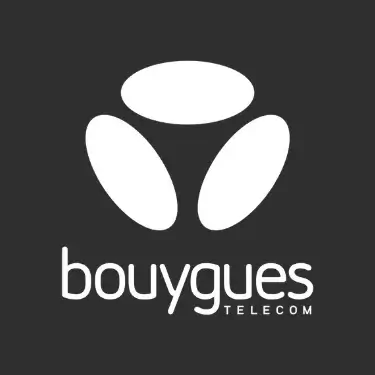

.webp)



